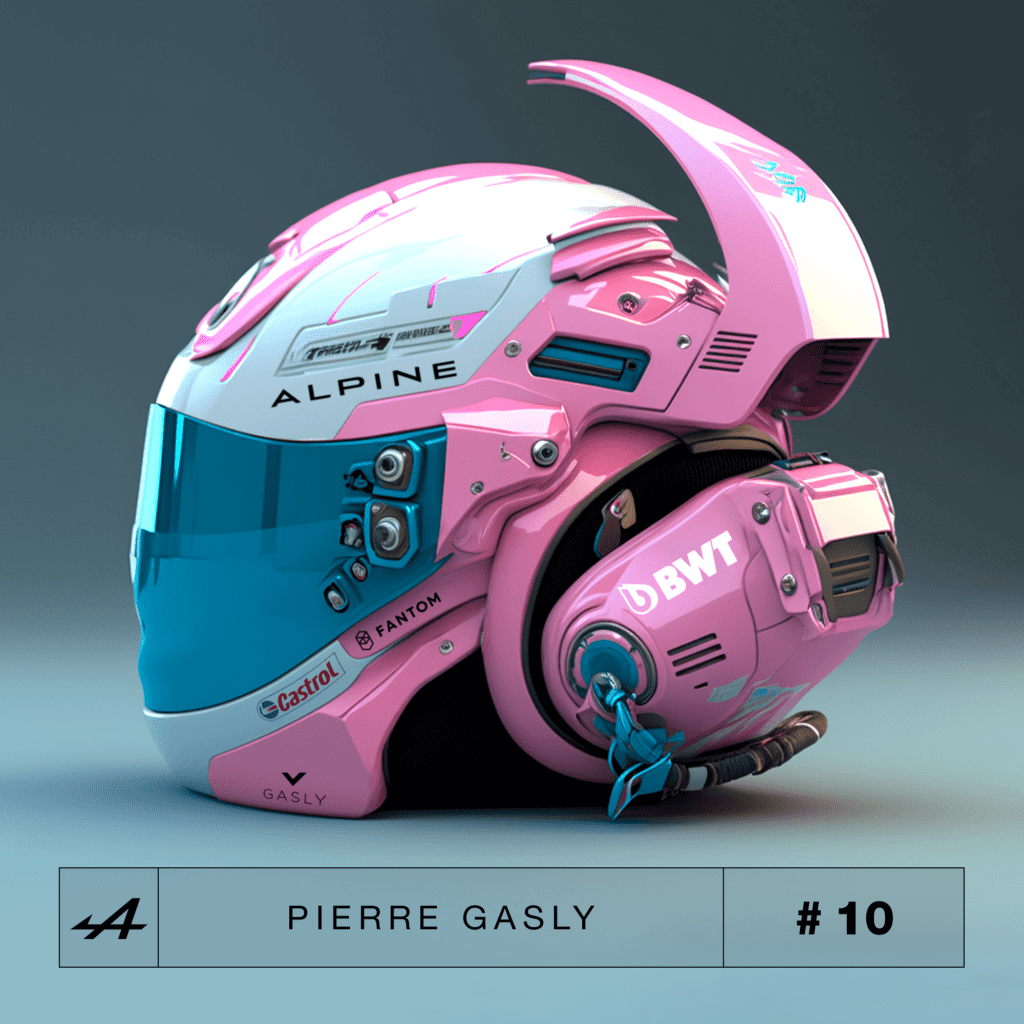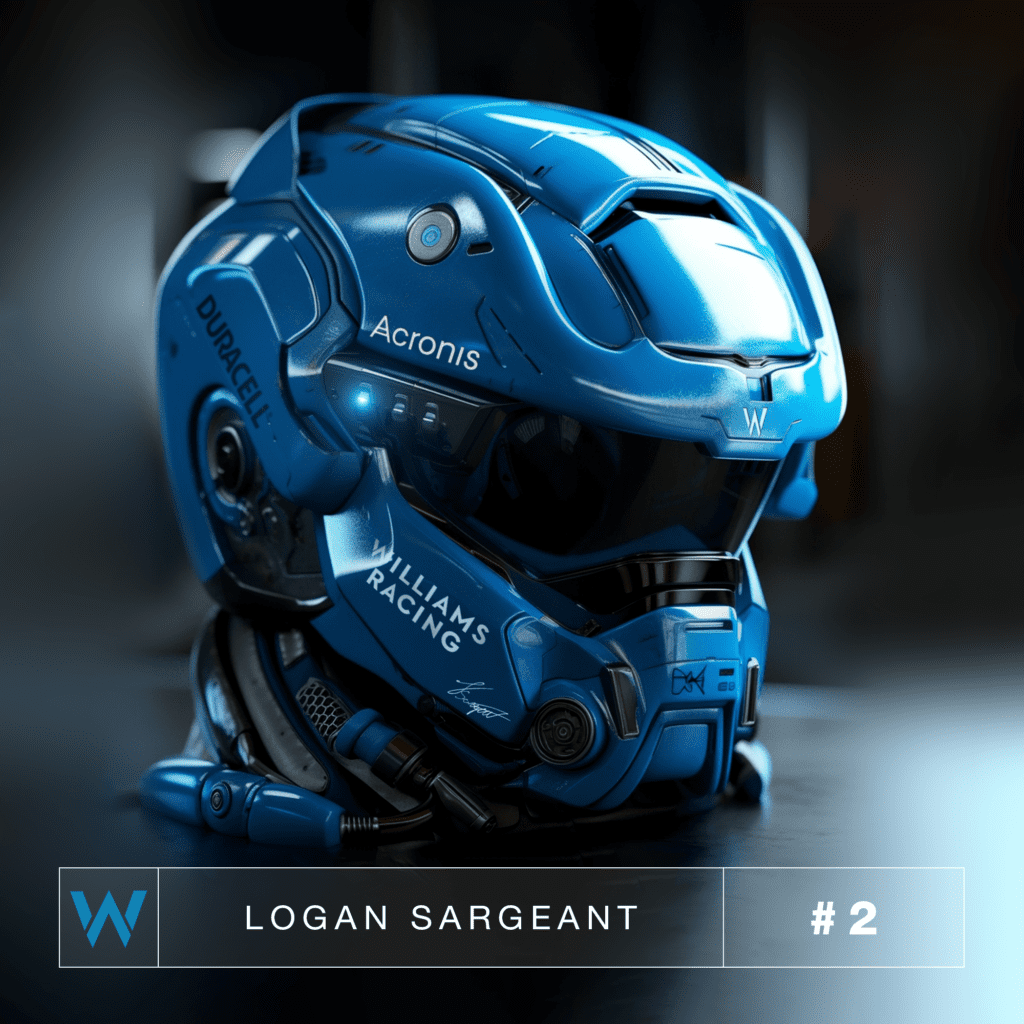Unraveling the Digital Revolution: Exploring the Past, Present, and Future of NFTs
Fast Facts:
- NFTs have gained significant traction in the art world, with artists embracing this technology to tokenize and sell their digital creations.
- NFTs provide a unique opportunity for artists to establish direct connections with their audience, bypassing traditional intermediaries.
- The use of blockchain technology ensures the immutability and provenance of NFTs, fostering trust and authenticity within the art market.
- NFT sales have reached staggering figures, with some artworks being sold for millions of dollars, highlighting the growing demand for digital collectibles.
- Critics raise concerns about the environmental impact of NFTs due to the energy consumption associated with blockchain transactions, sparking debates about sustainability.
In the ever-evolving landscape of digital art, a groundbreaking phenomenon has emerged, captivating artists, collectors, and tech enthusiasts alike: Non-Fungible Tokens (NFTs). These unique digital assets have ignited a paradigm shift, revolutionizing how we create, value, and own art. This article delves into the fascinating world of NFTs, exploring their origins, their impact on artists and collectors, and the future they hold.
Disrupting the Traditional Art Market
The advent of NFTs has democratized the art world by providing artists with new avenues to showcase and monetize their work. By leveraging blockchain technology, artists can mint their creations as NFTs, imbuing them with a sense of scarcity and provenance. This direct relationship between artists and collectors eliminates the need for intermediaries, allowing artists to retain greater control over their creative endeavors. Notably, the recent sale of Beeple’s digital artwork for a staggering $69 million has catapulted NFTs into the mainstream consciousness, emphasizing their potential to redefine the value and perception of art.
“In a world where art transcends physical boundaries, NFTs have emerged as a revolutionary force, redefining artistic expression, ownership, and the very nature of creativity itself.”
Navigating the NFT Ecosystem
While NFTs offer unprecedented opportunities, they also pose challenges that warrant consideration. Critics raise concerns about the environmental impact of blockchain transactions, highlighting the substantial energy consumption involved. This has prompted discussions around sustainability within the NFT ecosystem. However, proponents argue that the technology’s potential to empower artists, establish immutable ownership records, and foster global participation outweighs these concerns. As NFTs continue to evolve, it becomes crucial to strike a balance between innovation, accessibility, and environmental responsibility.





















